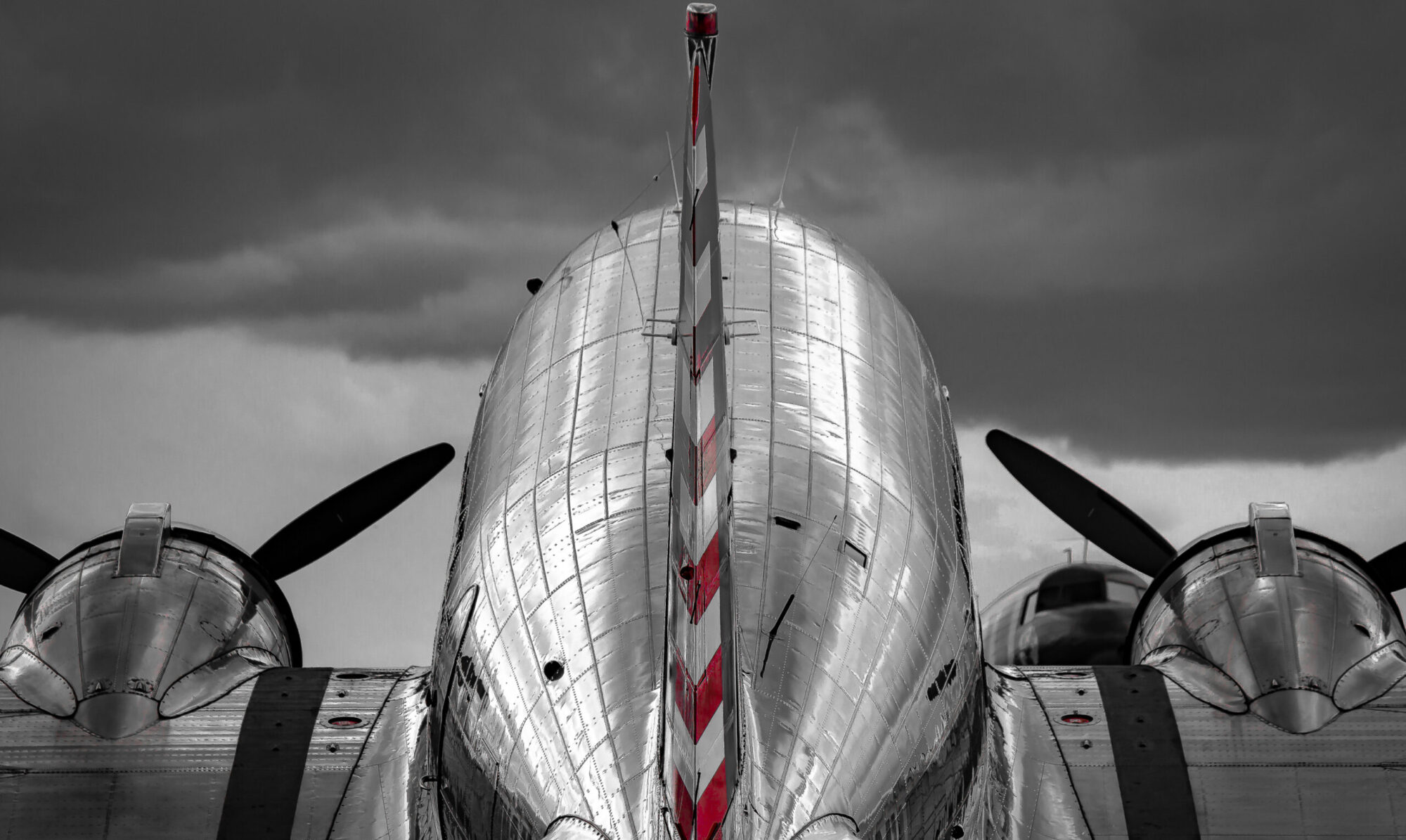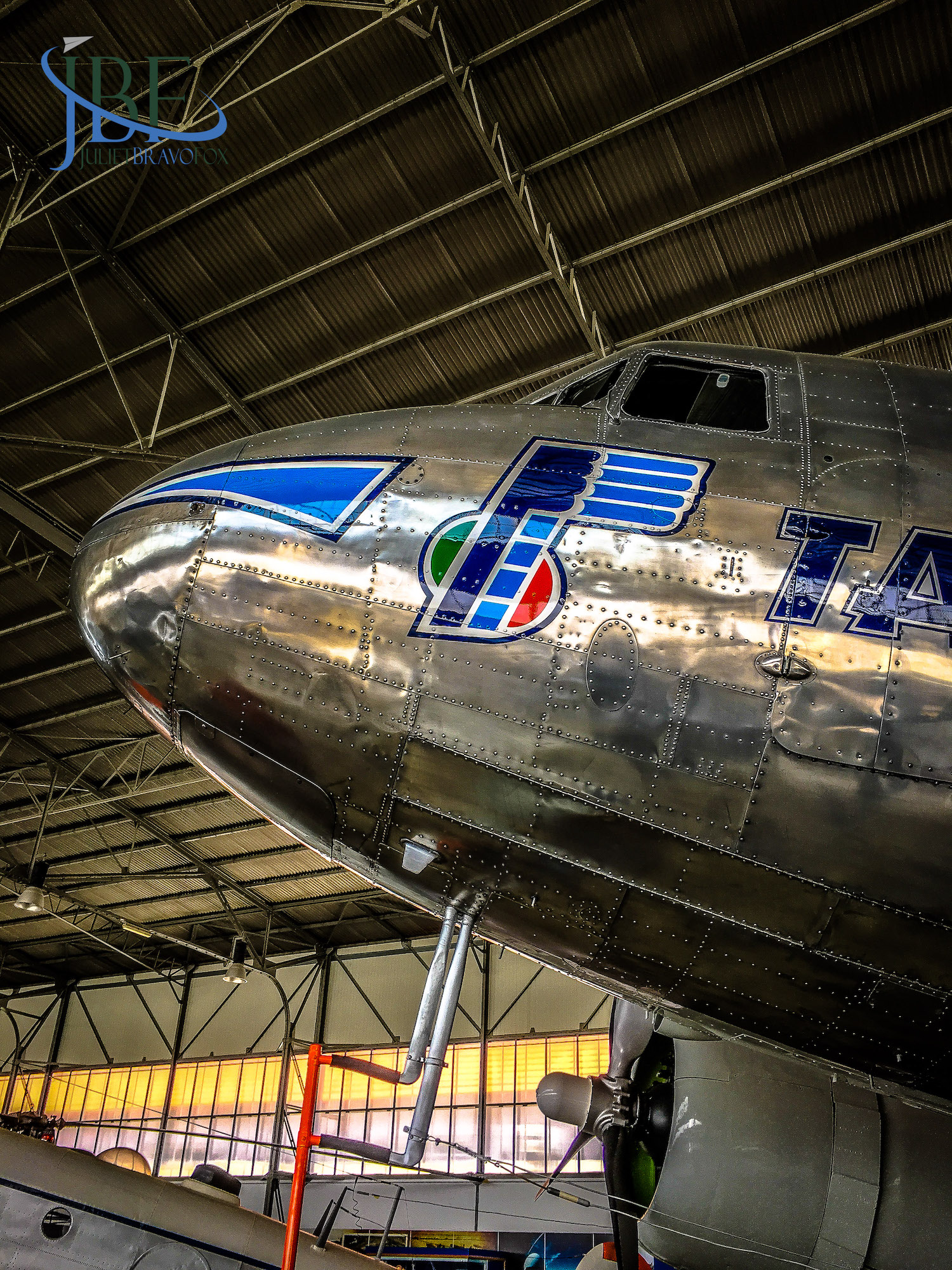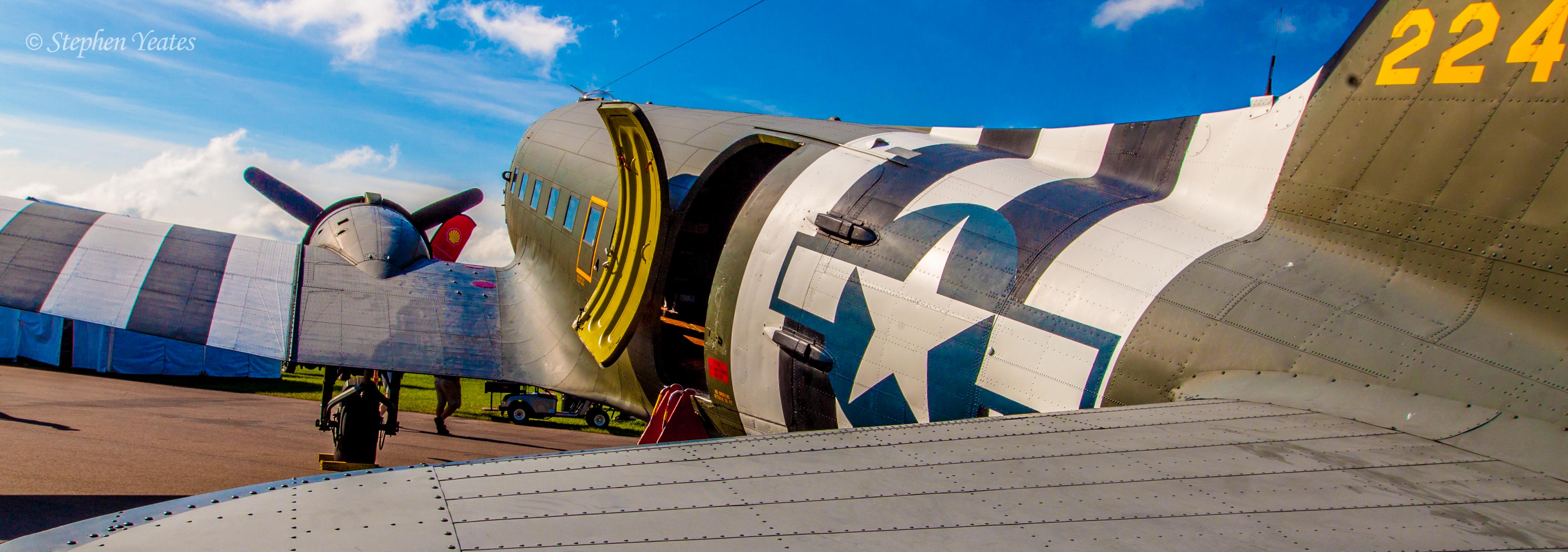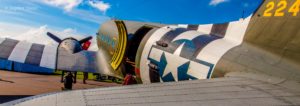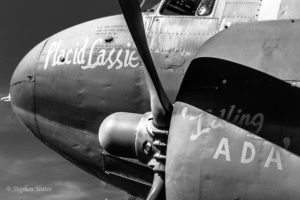A palpable sense of honor hangs in the air of the voluminous display hangar at the Sintra Air Base in Portugal. Just north of Lisbon, the air base hosts the nation’s air force training academy, as well as its flagship museum, the Museu do Ar (Museum of the Air, in Portuguese).
Within the main hangar and its neighbors, hundreds of noteworthy, historic, and inspiring aircraft stand waiting to help inform the curious—and the young—of the history of aviation in Portugal, and its influence on the world. Though those outside Portugal often equate its exploratory prowess with its efforts on the seas, its forays into the air—and the annals of history—began in the early days of aviation itself, and grew to prominence in the golden age of aviation, before World War II, and post-war, as Portugal used airplanes to tie together its former colonies in Africa.
You may not know, for example, that the Portuguese were among the first to cross the Atlantic—years before Lindbergh’s solo flight—as they sought passage to Brazil from Europe. In fact, the aviators Gago Coutinho and Sacadura Cabral made the first crossing of the South Atlantic in 1922, flying in segments from Lisbon to Rio de Janeiro using three different Fairey III biplanes.
But among the museum’s proudest airplanes, looking over all of its fleet, my pick must be the Douglas C-47A Dakota. She forms the center of an exhibit that not only tells the airframe’s story, but also the story of TAP, the airline of Portugal, and those that flew her.
When a group of volunteers looked around for a Douglas DC-3 or its equivalent military model to restore in honor of TAP’s 70th anniversary in March 2015, they couldn’t find an example that had actually flown for the airline. All had been withdrawn from use or otherwise lost. Instead, the group found the C-47A used by the DGA (Direcção Geral de Aviação), the former authority governing aviation in Portugal. Its Douglas construction number, 19503, last carried the registration CS-DGA.
To reflect the dual purpose that the airplane would have in the museum, the group decided to give her two faces: one, the airmarkings of the DGA to suit her original mission, and the other, the classic TAP livery, to glorify the history of the airline. On the TAP side of her tail, she carries the registration CS-TDE to signify “Transporte” “Dakota” and “E,” the fifth letter of the alphabet, as she was refurbished to resemble the fifth airplane in the TAP fleet.
Inside and out, a team led by current TAP captain Carlos Tomaz bestowed great care on her refurbishment. Tomaz would dearly love to return her to flying status, but for now she serves as an educational platform and living part of history central to the museum. Periodically, the group hosts “Dakota Talks” to share stories from her past, and those of the other DC-3s and C-47s operated by Portuguese airlines, military, and governmental agencies.
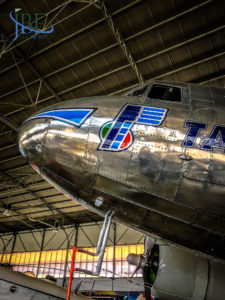
For more information on the Vintage Aero Club and the Dakota restoration:
